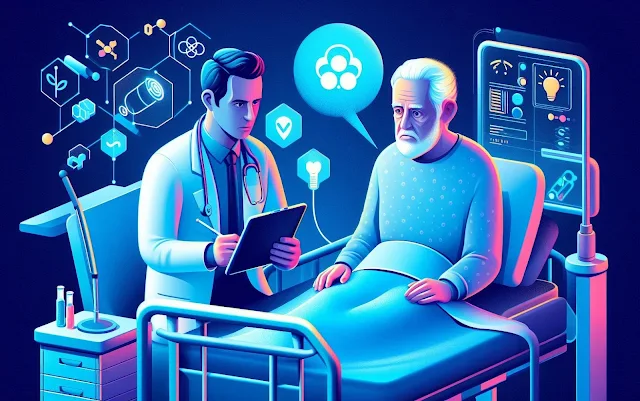A 60-year-old man was hospitalized with a rare condition linked to bromide toxicity after acting on advice from an artificial intelligence chatbot. The case was described in the Annals of Internal Medicine: Clinical Cases and shows how online information can influence unusual health outcomes.
The patient, who had no prior psychiatric history, decided to remove sodium chloride from his diet after reading about its health effects. He found information about reducing salt intake but little about removing it entirely. Drawing on nutrition courses he had taken years earlier, he replaced table salt with sodium bromide bought online. The decision followed a chatbot exchange that suggested bromide as an alternative, a substance generally used in industrial or cleaning applications rather than food.
For three months, he maintained this substitution while following a highly restrictive vegetarian diet and distilling his own drinking water. Over time, he developed fatigue, insomnia, increased thirst, movement imbalance, and skin changes such as acne and small red growths. He also began to suspect that his neighbor was poisoning him.
When he arrived at the emergency department, his vital signs and neurological examination were normal. Blood tests, however, showed unusually high chloride levels, a negative anion gap, low phosphate, and signs of both respiratory acidosis and metabolic alkalosis. Poison Control staff considered bromism the most likely cause.
Bromism was common in the early 20th century when bromide salts were used in sedatives and other over-the-counter products. Its incidence declined after U.S. regulators banned such uses between the 1970s and late 1980s. In this case, the man’s bromide level measured more than 200 times the upper limit of normal.
Within the first day of his admission, he developed hallucinations and worsening paranoia, leading to an involuntary psychiatric hold. He was treated with antipsychotic medication, intravenous fluids, and electrolyte replacement. He also received vitamins to address deficiencies from his restrictive diet.
His condition improved gradually during a three-week hospital stay. Blood chemistry returned to normal and psychiatric symptoms resolved. He was discharged without medication and remained stable at follow-up.
The report’s authors noted that bromide-containing products remain available through online sellers. They advised that unusual electrolyte results, especially high chloride with a negative anion gap, should prompt clinicians to consider bromism in patients with unexplained psychiatric or neurological symptoms.

Notes: This post was edited/created using GenAI tools. Image: DIW-Aigen.
Read next:
• Office, Retail, and Support Jobs Projected to Shrink by 2030
• YouTube CPM Rates in 2025: How Location Shapes Earnings
